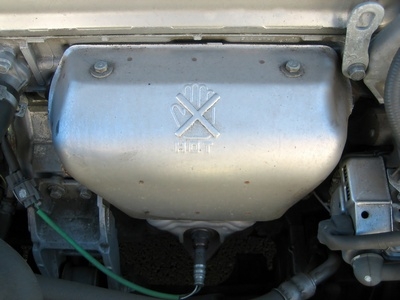
When you apply pressure to the foot pedals in your Chevrolet 2500, a moving piston in the clutch master cylinder transforms that pressure to hydraulic pressure. This hydraulic pressure then moves slave cylinders, which shift gears in the transmission. If the master cylinder malfunctions, your truck will be unable to shift gears and will therefore not operate properly. While replacing the clutch master cylinder is a procedure that you can perform yourself, you should allow yourself two or three hours to do so.
Disconnect the negative battery cable using a ratchet and socket, then climb into the cab and remove the clutch pedal harness with your hands.
Release the clutch master cylinder linkage from the pedal by pushing the pedal downward and simultaneously pinching the tabs around the linkage bushing with your fingers.
Raise the front of the truck with a jack, allow the truck to rest on jack stands, climb under the truck and locate the master cylinder along the firewall, then place the hydraulic line removal tool on the connector that joins the clutch master cylinder hydraulic line to the transmission. Push the hydraulic line inward toward the transmission until the connector comes loose.
Climb out from under the truck, access the engine from under the hood, then turn the clutch master cylinder counterclockwise with your hands until it releases from the firewall.
Grab the new clutch master cylinder, tilt it at a 45-degree angle, insert it into its mounting dock on the firewall and turn it clockwise until it is tight.
Climb underneath the truck again, then reconnect the hydraulic line connector with your hands and remove the hydraulic line removal tool.
Lower the truck and reconnect the battery.